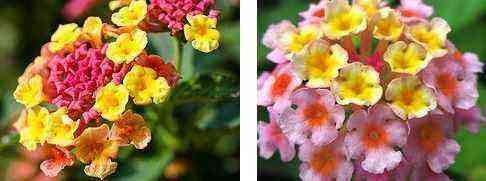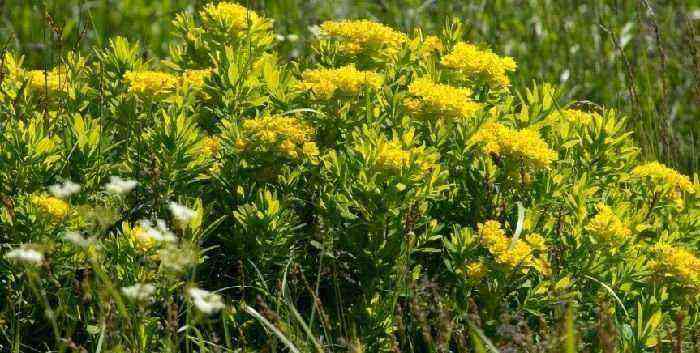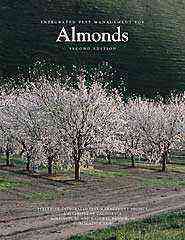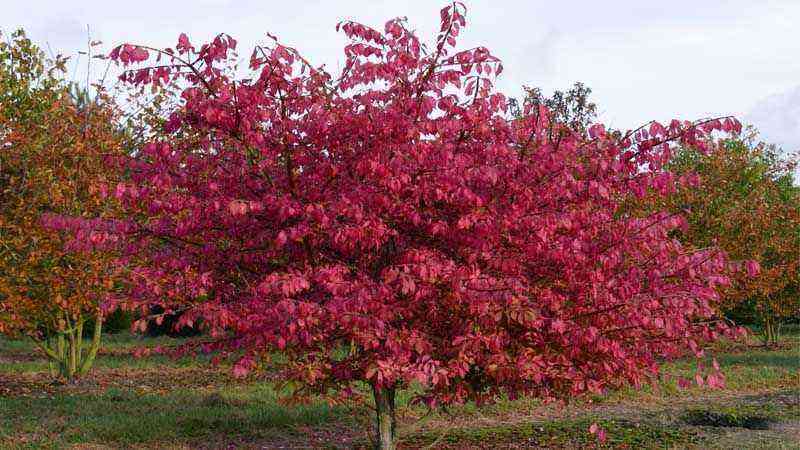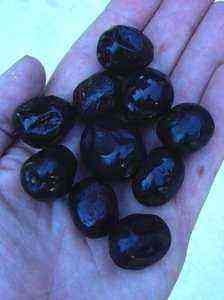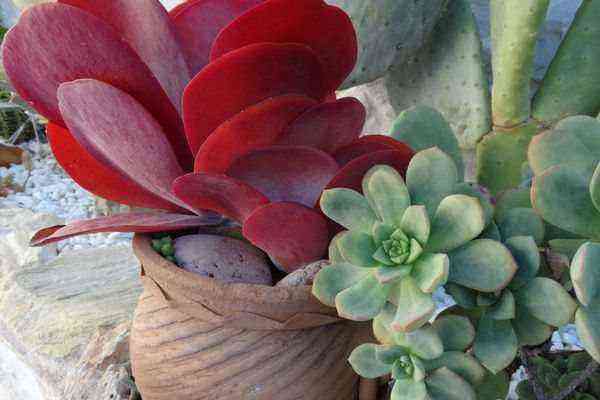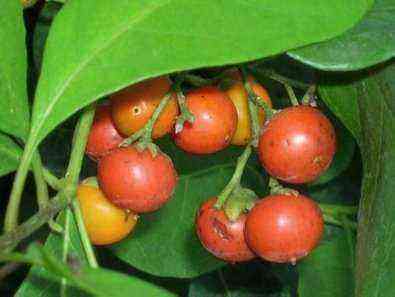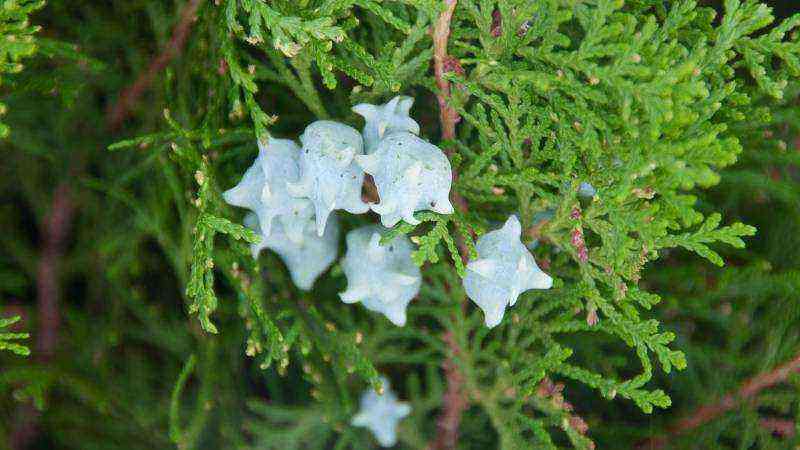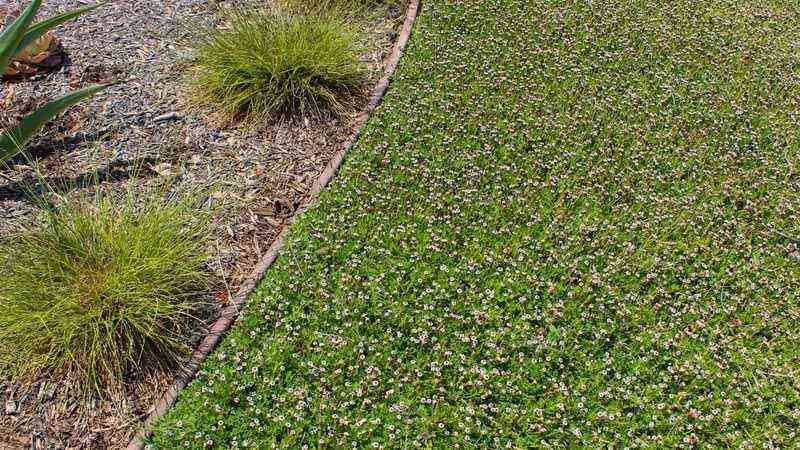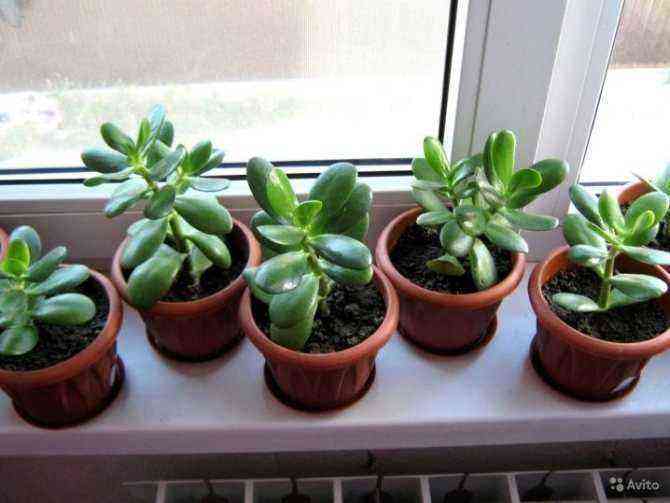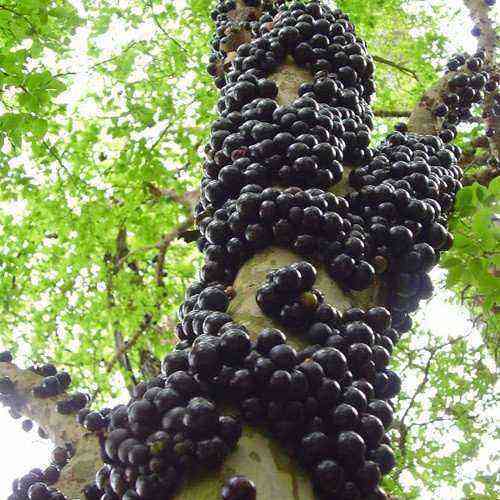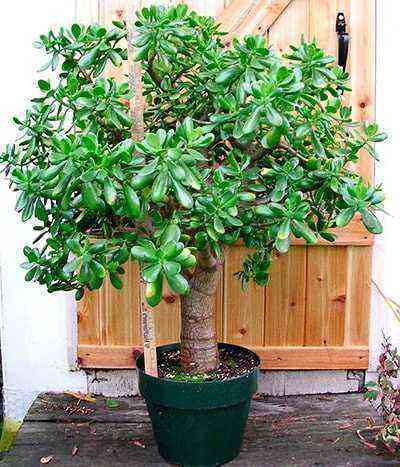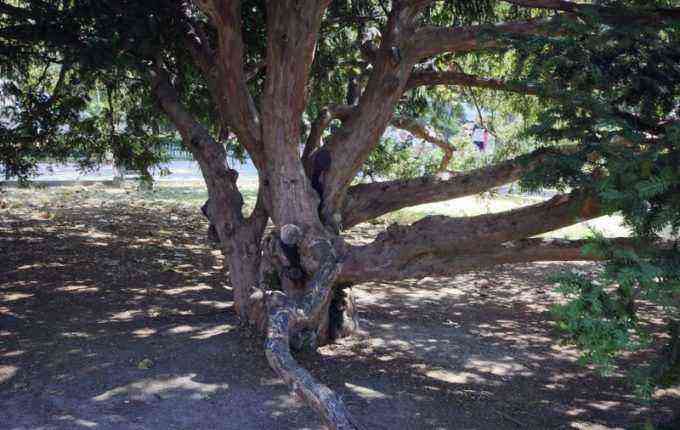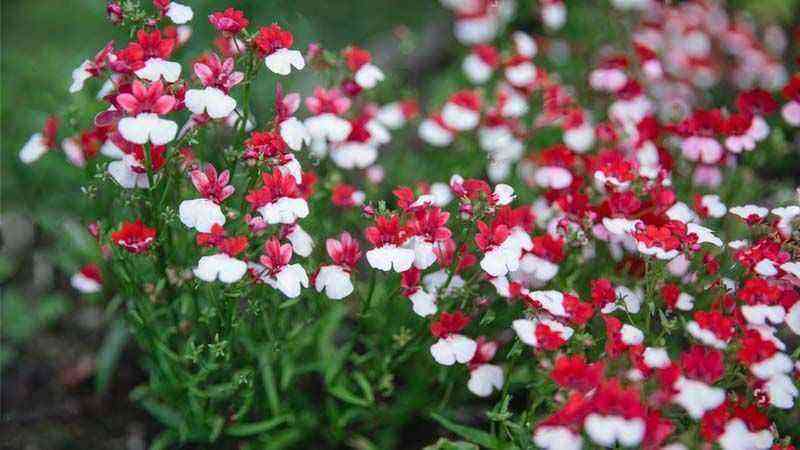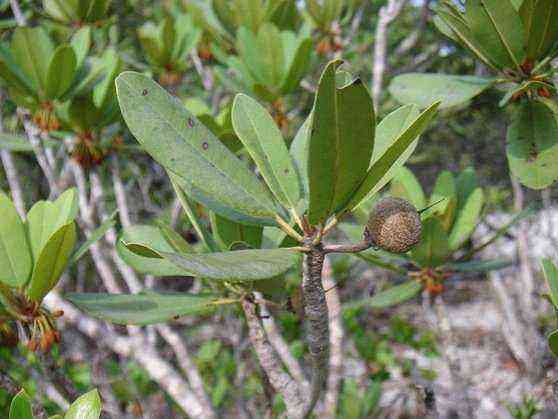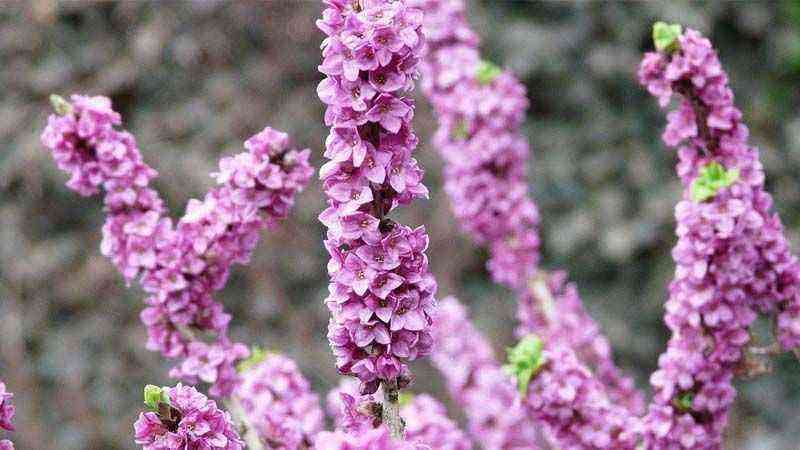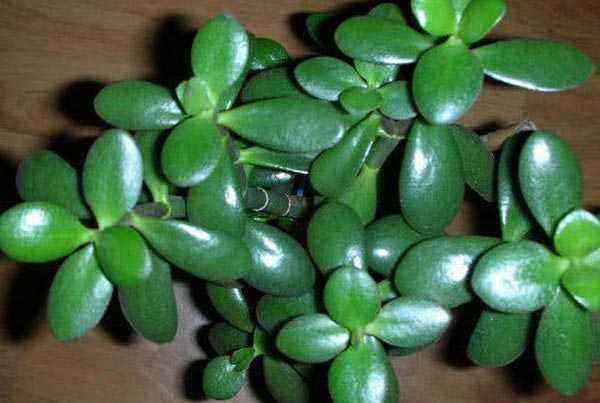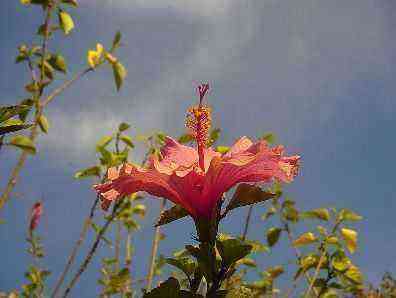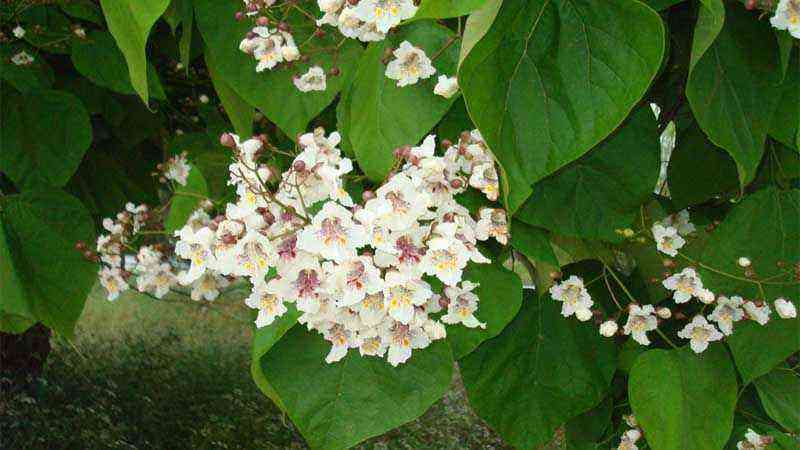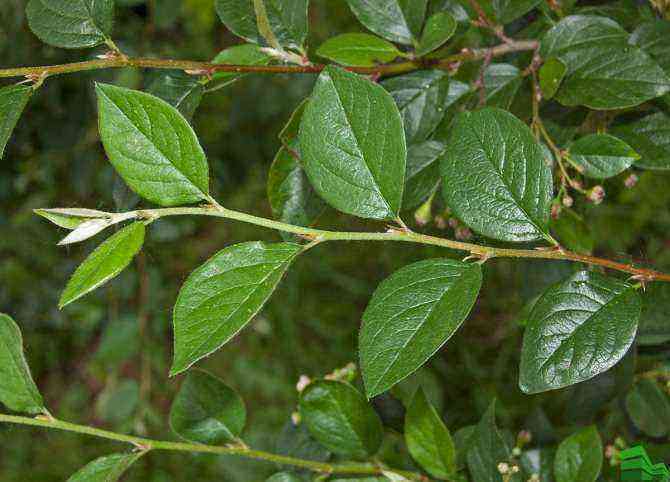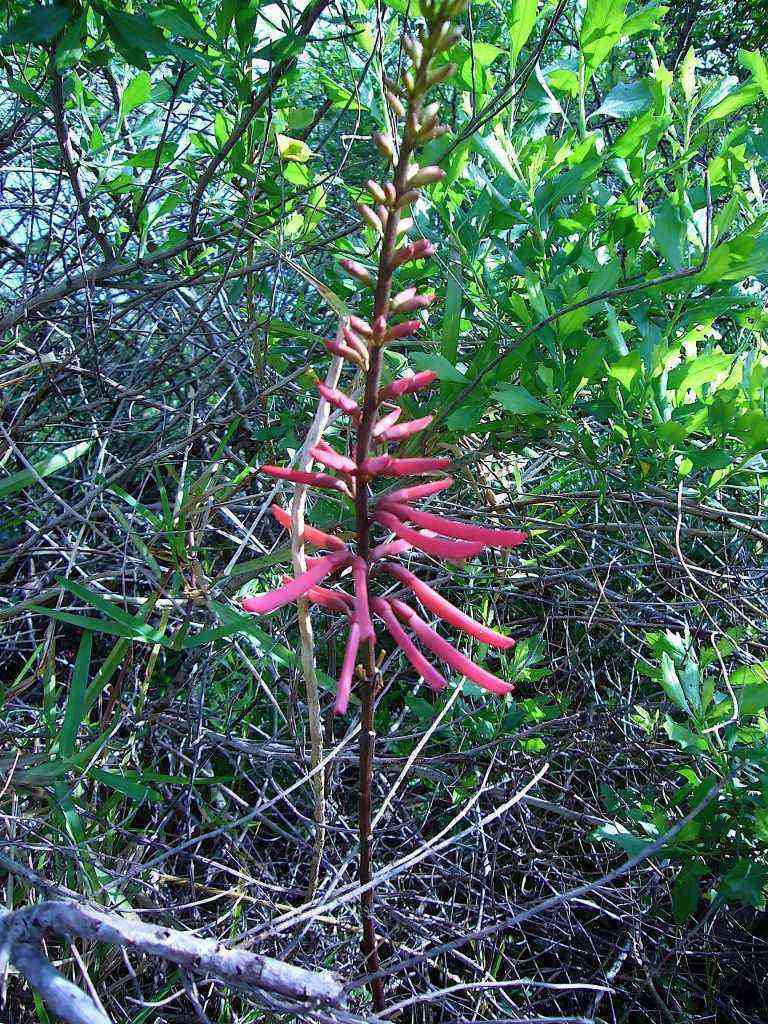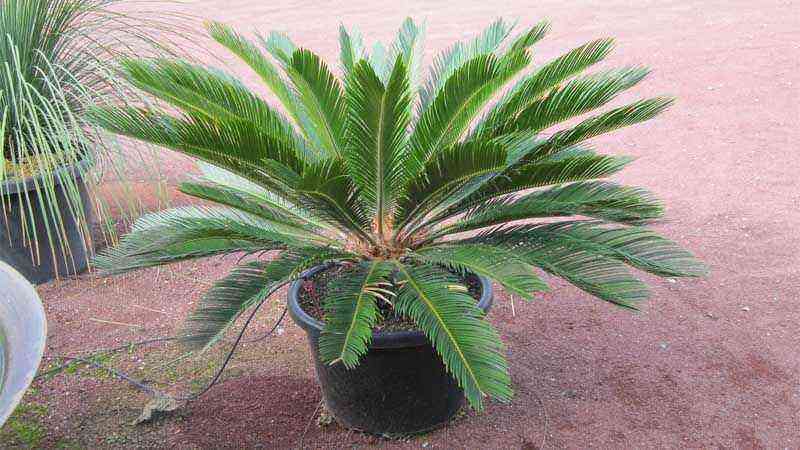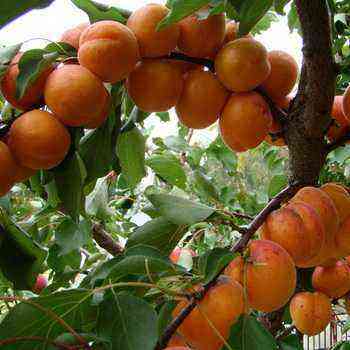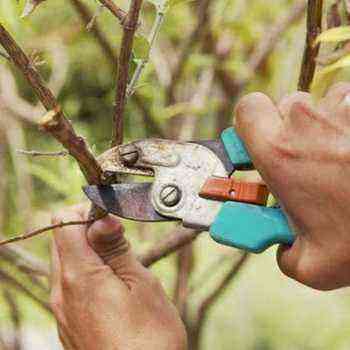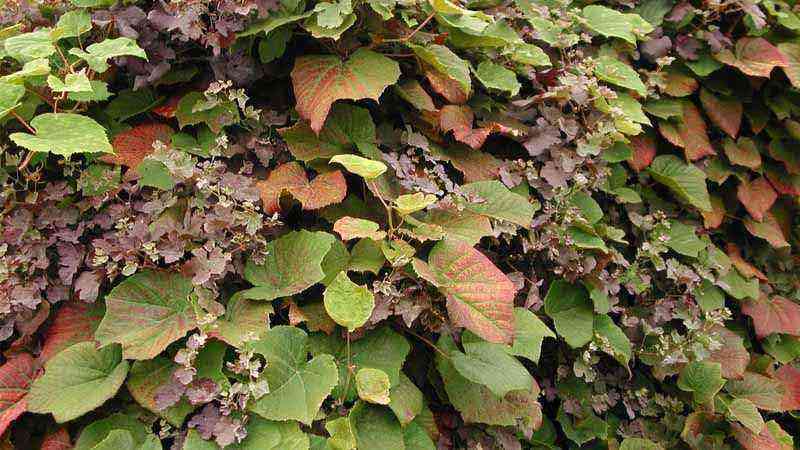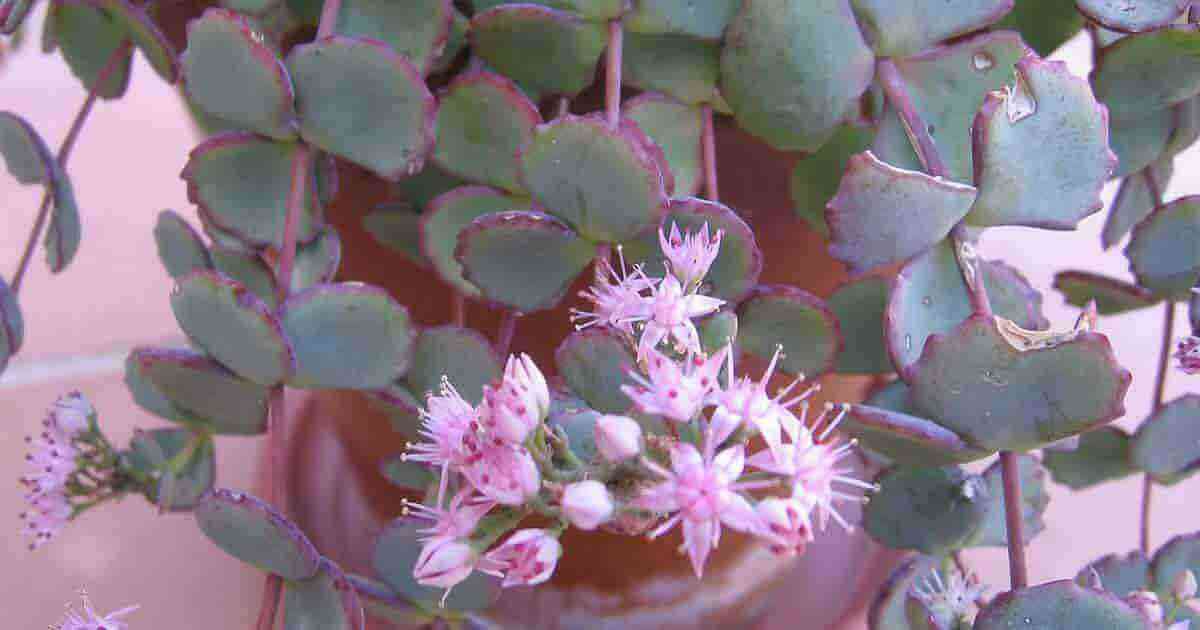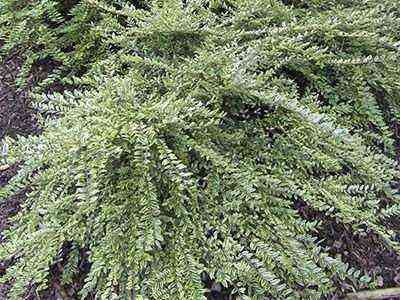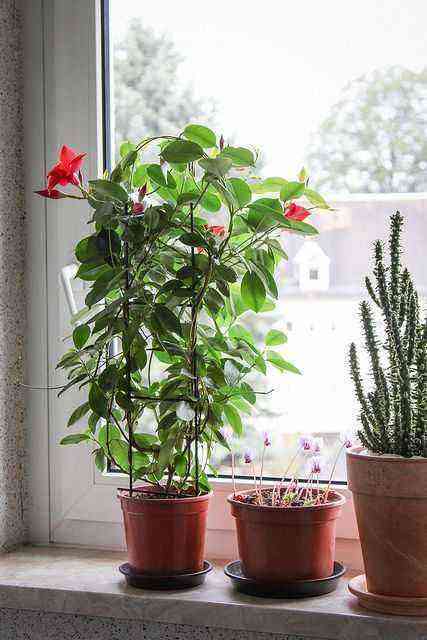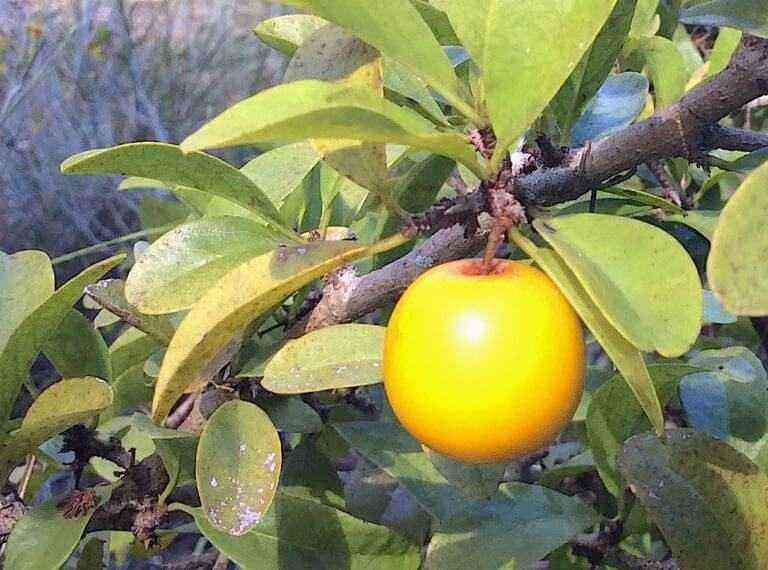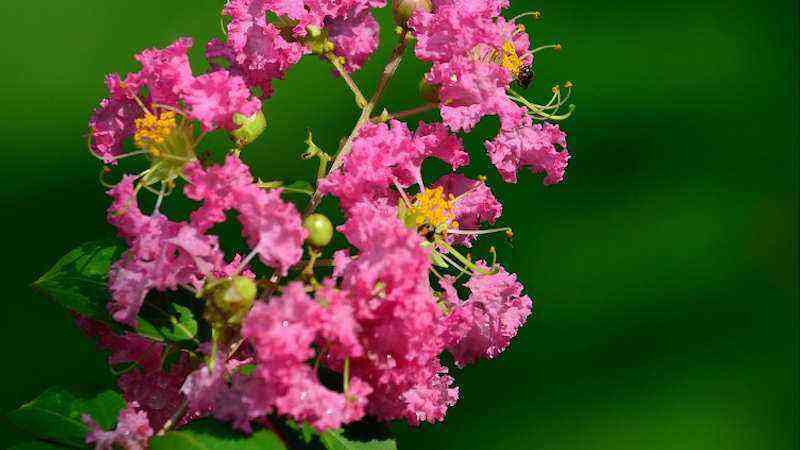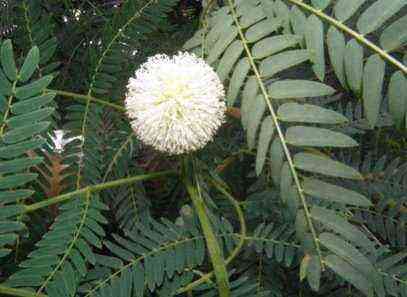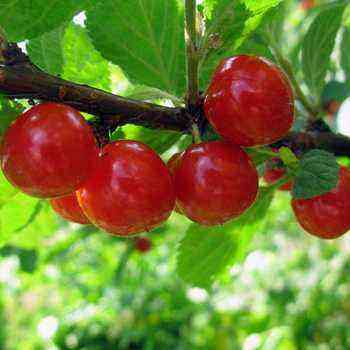We add one more crop token in Agromática with the cultivation of Star magnolia. We have before us a large whitish flowering shrub, which can be perfect for our garden. We are going to see all the necessary care for it to have a prosperous growth, as well as comments, initially, a little history and genre of this particular plant.
Tips on growing Starry magnolia
A group of plants that captivates any gardener, whether skilled or inexperienced, is the family Magnoliaceae and gender Magnolia. All its plants, of ornamental application, have surprising blooms, with a great variety of colors, shapes and smells. Of course, here it is of great importance Starry magnolia.
Specifically, if we talk about Starry magnoliaAs we can see in the images, it has a large, very aromatic white flowering, so its success in the garden will be assured.
Talking a little about the family Magnoliaceae
This family to which the star magnolia belongs, is divided into 2 genders. The sum of these two results in more than 225 different species, each with its specific characteristics.
In general, we can see these plants growing in large areas of Asia, as well as America, although this does not mean that it can be cultivated in other areas, such as Europe (in the case of Spain). They are typical of humid areas and sandy from Latin American countries such as Colombia, Brazil or Central America.
Starry magnolia
Although there are large magnolia trees, specifically the star magnolia it is considered as a shrub or a small tree. It does not grow more than 3 meters in height (normal is less), and it usually grows very slowly. It is something common in most of the specimens of the family Magnoliaceae, a fact that increases its ornamental value and the price of obtaining adult specimens in nurseries.
Regarding the cultivation of Starry magnolia, let’s see it from here on.
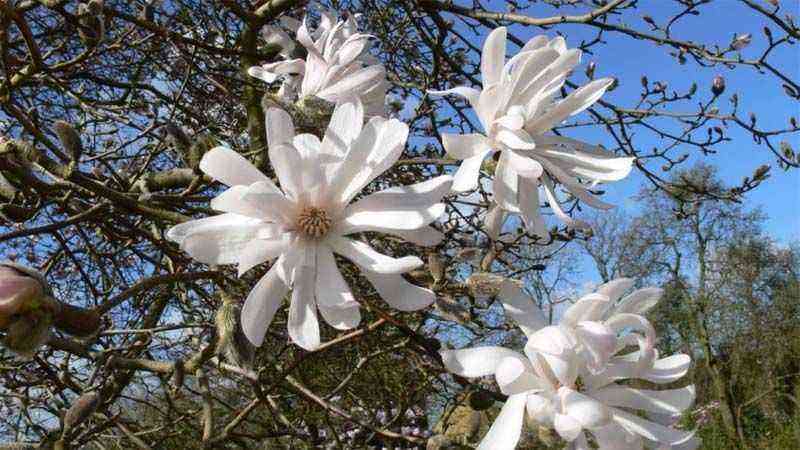

Climatic characteristics of the stellate magnolia
We always like to see the origin and its propagation over time to try to know the adaptation process that plants have. In this case, as we have mentioned before, it is typical of tropical climates y temperate. It requires certain levels of humidity, lighting and heat. Intense cold does not suit him. In fact, suffers a lot with frost. We will have to be careful with that.
A fact that must be taken into account is to arrange it in the garden in a sheltered place, or among other trees. Flowering weakens and falls if the wind is strong. There will be no problem if we make a good vegetation cover with leafy trees.
The soil, source of success and failure
This family of plants has one thing in common when it comes to soil. its pH. The importance lies in achieving acidic soil values, either by means of acidifying agents that we have already commented on in the odd article.
What elements make the soil absorb hydrogen cations? Well, whatever it is, they acidify the soil and lower the pH value. We remember them from Article of changing soil pH:
- Blond peat: It has a pH between 4 and 5,5, so it is perfect to incorporate around the magnolia tree.
- Iron sulphate: in application of 2 to 4 grams per liter of water.
- Pine leaf mulch: These needles, when decomposed, manage to acidify the soil and function as compost and mulch. Remember the importance of mulching.
- Sulfur: of course, sulfur is slowly transforming into sulfuric acid, with an acid pH. It has the advantage that it has a very low cost. It is applied in quantities of 0,5 kg for each square meter.
Ok, but for this you have to progressively measure the pH of the soil. It is not worth adding huge amounts and waiting for the pH to drop. As with good cooking, it must be done slowly and progressively.
To check results, you can use this homemade system whose cost is very low (less than € 5) and gives quite reliable values (for that matter, it works). Here you have the article.
More soil characteristics? Yes, drain. Apart from having an acid soil, Starry magnolia it needs the soil to drain the water well. It is used to good watering, so waterlogging can occur. We say goodbye to root asphyxia with good drainage of sand and substrate mix.
With regard to light, at first, in its young stage, it will be good for it not to be exposed to the continuous Sun, especially in summer. As it had to be protected from strong winds, the tree cover around it will allow it to grow in a semi-shady environment, perfect for the first years. In addition, this way it will conserve the humidity it needs much better.
Irrigation needs
Regarding the water needs, provided with irrigation, we can say that it needs frequent water contributions. Water use can be reduced with mulches (remember that pine needle mulch can be excellent for Magnolia stellata).
It is necessary to flee from the dryness of the terrain and the hot days when it is not watered. Always controlling the humidity of the substrate, we will water periodically, increasing the amount and frequency with the arrival of heat.
Logically, in winter, we will shorten these waterings, respecting the rest of the plant.
Compost or organic matter
Starry magnolia it requires moderately high subscriber needs. On the one hand, incorporation as a background fertilizer (before planting, well mixed with the soil), represents a great improvement in the transplanting of the magnolia tree. On the one hand, the physical properties of the soil are considerably improved, as well as the biological ones, and without any doubt, this increase in organic matter in the soil will facilitate the development of the roots.
The result? Presumably having a soil with acidic pH, good drainage, balanced moisture and optional mulches, great growth in its young stage. Remember, as an adult it grows slowly.
Multiplication of Starry magnolia
If we had to make a list with the ease of the plant multiplication process, without a doubt, we would not place the magnolia tree among the top positions. Its preservation characteristics (temperatures above 0 ºC but below 5 ºC, preservation in sealed containers, subsequent stratification, etc.)
La multiplication by seed magnolia trees (including Starry magnolia) is a challenge for any farmer who wants to obtain new plants through this method. Nor will it be suitable to keep the seeds in the open air, since when they dry they lose all their germination power. Yes, they are somewhat gibberish, but the result is impressive.
The piles It is a more commercial means, but also valid to obtain plants similar to the mother. Between spring and summer, not very woody wood cuttings can be selected, planted in a container with a mixture of sand and substrate and some element that facilitates rooting (gels or hormones that favor root development, because they carry nutrients that improve the ability to produce estate).
